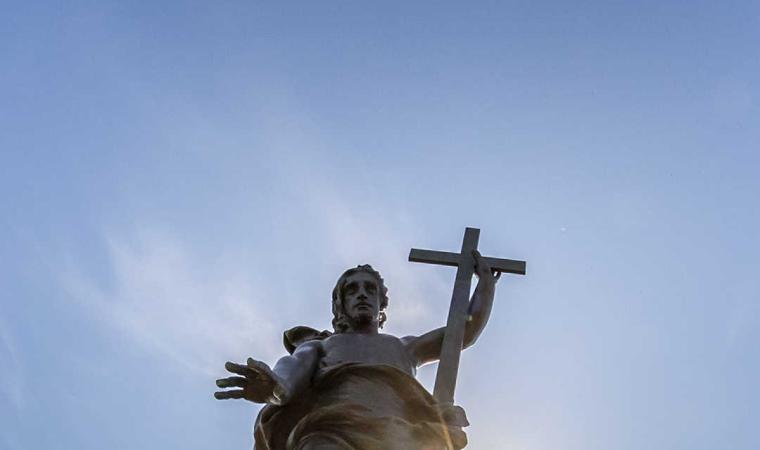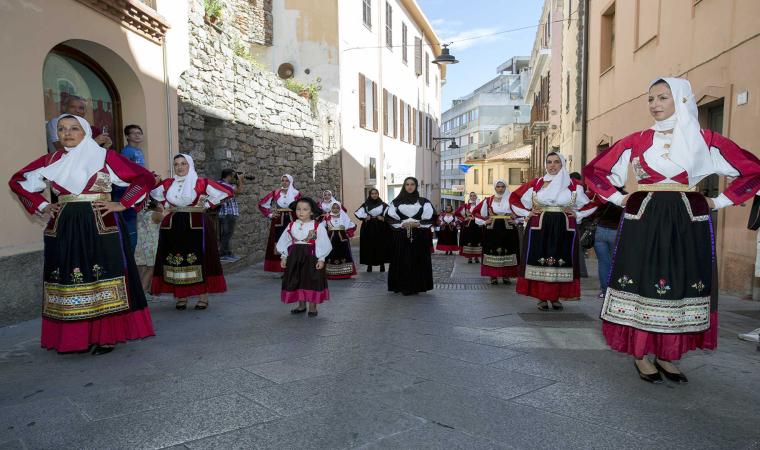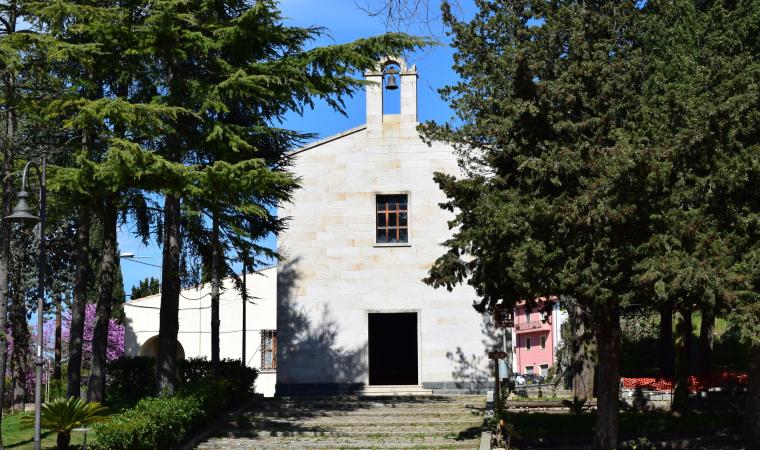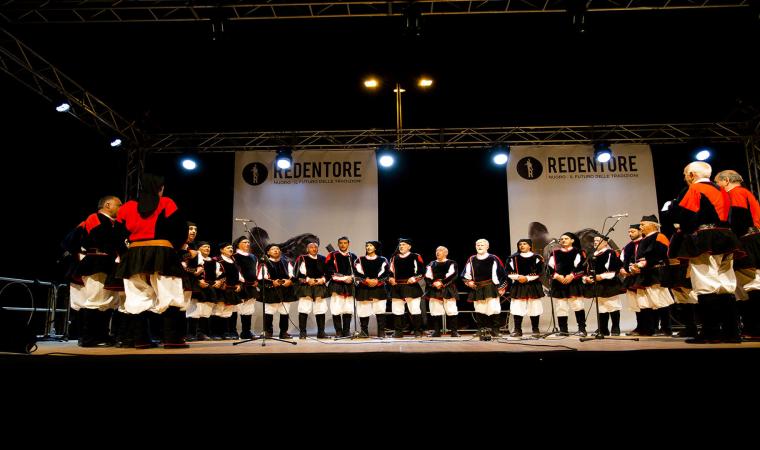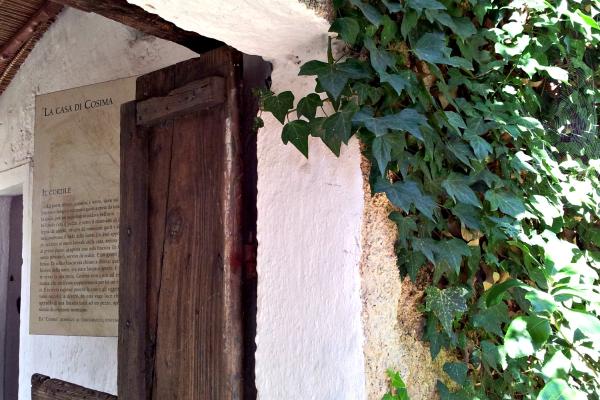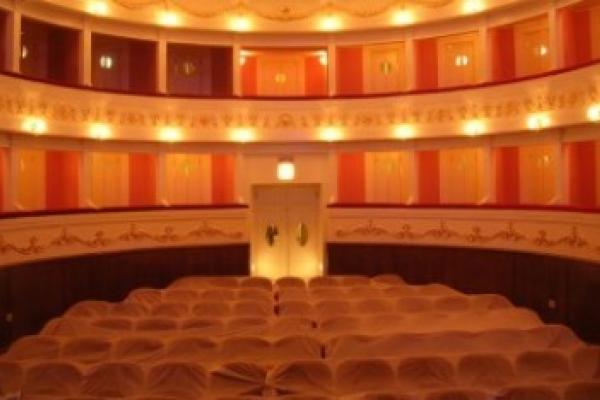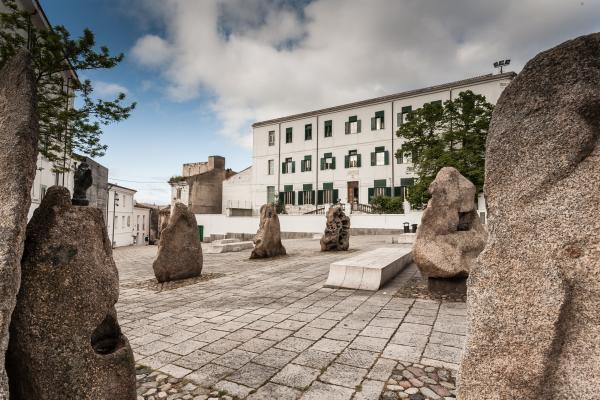With its impressive appearance and curious shapes, Ortobene stands at the gates of Nuoro, a few kilometres east of the city. The massif is almost a thousand metres high, dotted with peaks and towers in strange shapes that sometimes appear like humans, sometimes animals.Its 1600 hectares have been inhabited ever since prehistorical times, and offer infinite landscapes: high, granite rocks tower solemnly over valleys. Here you can go climbing, or follow marked paths through dense forests of holm oaks interspersed with downy oaks, cork trees, holly and Mediterranean brush: cistus, strawberry trees, lavender, mastic and juniper. Orchids flower in the meadows, while the forest floor close to the springs is coloured by cyclamens, ferns and various types of mushroom. The mountain is home to mammals (wild boars, weasels, hares, pine martens and foxes), birds of prey (royal eagles, goshawks, peregrine falcons, buzzards and sparrowhawks) and other birds (partridges, turtle-doves and sparrows). In the past, there were also deer, mouflons and vultures.

Mountain
It is our heart, it is our soul, our character, everything both great and small, sweet and hard and sour and painful in us"; the magical worlds of Grazie Deledda sum up the value of the mountain in central Sardinia
It is our heart, it is our soul, our character, everything both great and small, sweet and hard and sour and painful in us"; the magical worlds of Grazie Deledda sum up the value of the mountain in central Sardinia
See this place because...
Visit a place that has become the symbol and soul of Nuoro: parks, paths and magical landscapes set in uncontaminated nature, rare flora and fauna - a mountain that will amaze you with its strange shapes, suggestive views and wide valleys
Pictures and videos
Nearby
Admission
Free admission
Ti piace questo luogo? Nuoro potrebbe essere la tua meta ideale.
You may also like
More attractions in the vicinity
Nearby hotels and accommodations

NUORO
0 km

NUORO
0 km

NUORO
0 km

